Reflections are a great way of adding interest in your photography. In some cases, they can be used to give a sense of symmetry, and when used correctly, reflections can even be the focal point of an image. It is thus important that you learn how to use reflections in your composition. In this video, wedding photographer Neil Redfern demonstrates how you can use reflections to create unique wedding photographs:

“The cool thing is that reflections can be found in so many different places. The trick is to train your eyes to see them.”
Using a Mirror
When we think of reflections, the first thing that comes to mind is a mirror. Using a mirror to include reflections is quite straightforward. You have the subject, their reflection, and the trick is to angle the lens in such a way that you don’t show in the shot.
“I personally find that by putting my lens as close as possible to the reflective surface, that gives the best results.”
If you’re lucky to have a mirror with beveled edges on-site, try shooting into the edge. Doing so will give you multiple reflections and make your image a whole lot more interesting.
Some mirrors have cool-looking reflective frames around them. Use them to create interesting effects.
Look Out for Reflective Surfaces
You don’t always need to use a mirror for reflections. Keep an eye out for shiny surfaces and think of how you can use it to your benefit. Redfern took the following image with the help of the makeup artist’s makeup box.
Even the portable mirrors that the makeup artists bring around can yet be another cool source of reflections.
Glass Table Tops
One good thing about glass table tops is their size. They have a relatively large surface area, and depending on your need, you can easily move the table around.
Picture Frames
We don’t tend to pay much attention to them, but even picture frames can create reflections that are almost as clear as a mirror. Make sure that you light up your subject well, and as when using a mirror, place your camera as close to the picture frame as possible.
“So always remember, wherever there is glass, there is a potential of a cool reflection.”
Water
Like glass, water also provides a great potential of reflections. This includes puddles, ponds, lakes, sea, and just about everything with water. Reflections on water bodies come out great when the water is relatively still.
And the good thing is that you don’t always need a large body of water to take photos with a reflection on water. If you have a small area with water, puddles for instance, simply place your lens as close as possible to the water and you’ll still get good reflections.
The key is thus to be aware of your surroundings and look for shiny surfaces, including glass. Keep your eyes out for them, and eventually you’ll train your eyes to see the image in conjunction with the reflections.
“If all else fails, and you really want to create a reflection, then you can also just use your phone.”
Like This Article?
Don't Miss The Next One!
Join over 100,000 photographers of all experience levels who receive our free photography tips and articles to stay current:
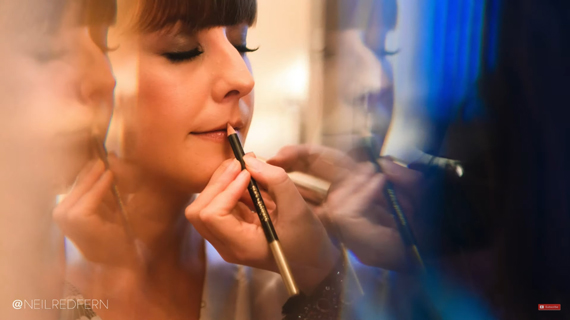
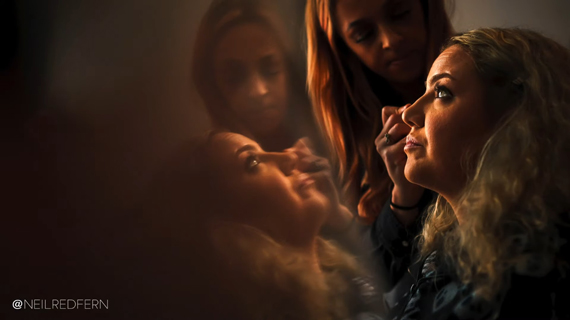
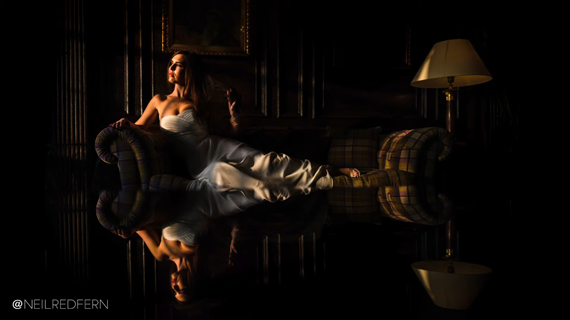
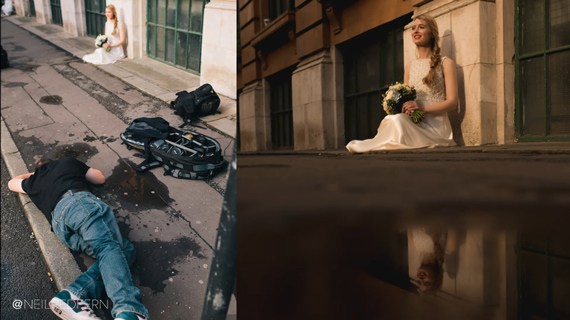

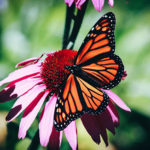




“As my friend will be getting hitched soon, this will be a very useful article for her. Wedding photography is an important thing and she can get a good help from reading this. I’ve also gone through it and learnt a lot from this article.
“